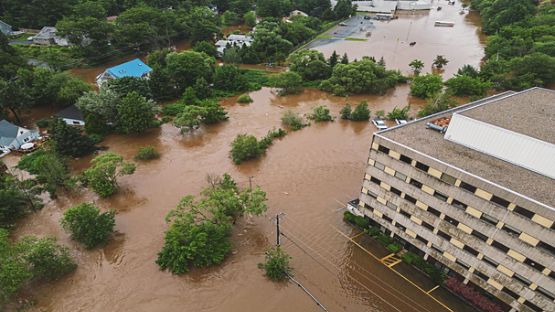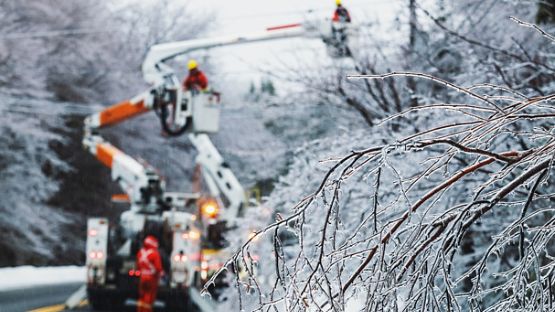Your company reputation rests on how well you respond to customer complaints but also on the speed of your response. It’s an ongoing challenge for many businesses. Recalls can be complicated, expensive, time consuming and a distraction to your business. Here are a few tips to mitigate those costs.
Start with a plan to manage recalls
An established well-designed recall plan can save your business money, reduce liability and ensure customer safety and goodwill. It will make the difference between a recall being a learning experience for your company or a nightmare.
Collect the data necessary to protect your company and meet regulatory compliance and reporting requirements. You’ll also have to dedicate resources to:
- notify affected customers
- establish website registration
- remove the affected product from shelves
- process and store or destroy the affected product
Build your support team
With the right team in place, you can reduce your legal liability and leverage crisis communication to protect your reputation. Your team will be responsible for:
- quality assurance/technical advising
- media communication
- complaint investigation
- contacting customers
- contacting the appropriate regulatory body
- securing legal counsel
- crisis management
Create your plan for managing recalls
Your recall plan is the safety net that will prevent your customers from buying or consuming potentially harmful products. Like any safety net, it must be carefully constructed and tested. Keeping accurate product records, including lot numbers and shipping and sales records, allows you to accurately identify the specific products being recalled and avoid having to extend the scope of the recall. It’s also a good idea to maintain records of all recalled products including any actions you take.
Your recall plan should also include these elements:
- Complaint file: Information about complainants, product, external bodies to be contacted and results of your investigations.
- Contact list: Key internal and external personnel, including regulatory agencies, distributors, suppliers and risk and crisis management people.
- Notification and follow-up procedures: Notifying customers of the recall, verifying that customers have stopped distributing affected products and accounting for products.
Test the plan
Mock recalls test your company’s ability to handle a recall. Include the physical and record keeping processes and the notification and crisis communication procedures, including call trees and quick delivery of messages to stakeholders.
Your broker can answer any questions you have. They can also help with risk management and can identify products that support you in the event of a product recall, including liability insurance for product recall costs. If you don’t have a broker, use our Find a Broker tool to find one in your area today.
Sources
Meeting Canada Consumer Product Safety Act Requirements. (2018, March 13). Retrieved from Government of Canada:
https://www.canada.ca/en/health-canada/services/consumer-product-safety/legislation-guidelines/acts-regulations/canada-consumer-product-safety-act.html
Recalls and Safety Alerts. (2018, July 30). Retrieved from Government of Canada:
http://www.healthycanadians.gc.ca/recall-alert-rappel-avis/index-eng.php?_ga=2.197136938.465608939.1532965555-1064852444.1525902799













